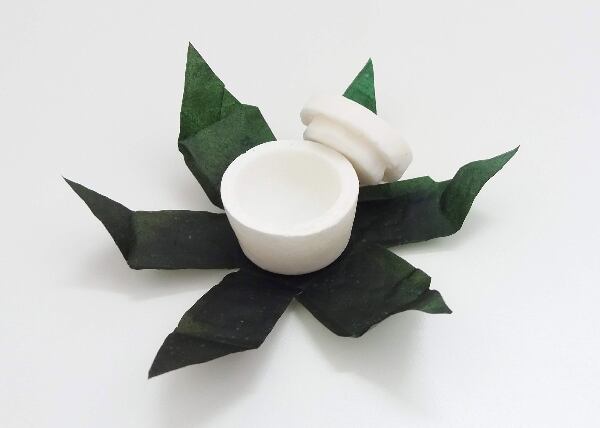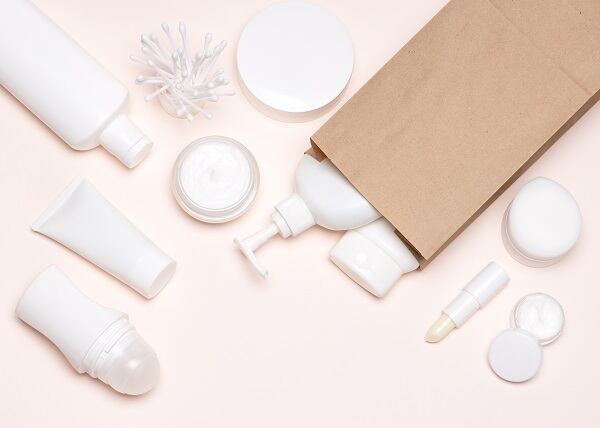The article highlighted a packaging design by Elena Amato that was developed using bacterial cellulose sheets made from a mixture of natural and sustainable materials, providing a good alternative to plastic packaging for a wide variety of cosmetics and personal care products.
In this case, the design created a simple to produce aesthetically pleasing alternative to conventional plastic packaging that would be likely to please the ethical and sustainable requirements of an increasingly aware consumer, while also making the product look appealing.
And making it look good is crucial, as I will explain in a bit.
Plastics are rapidly becoming enemy no. 1

Plastics are rapidly becoming enemy number one for a lot of consumers as a growing body of information about the detrimental effects this non-biodegradable material has on the environment continues to fill consumer media space.
However, fossil fuel-based plastics are easy and cheap to make, not to mention being an extremely flexible and easy to work with material, so coming up with alternatives that offer the same kind of properties has been a massive challenge for a broad selection of consumer industries.
For the cosmetics and personal care industry, product integrity as well aesthetics are of vital importance. We all know that an upmarket face cream is probably going to get left on the store shelf if the look of the packaging and the packaging material do not look good.
It might be an award-winning formulation, with industry-leading claims, but if the tub containing this wonder cream looks more suited to holding break fluid, then the stock far less likely to fly off the shelves.
Biodegradable packaging as an industry standard
In the past I have spoken to countless packaging providers and brand owners in the past who have all said the same thing. In theory, the majority of consumers want to change the world with their purchasing choices by opting for the most eco-friendly and ethical products they can find.
However, rushing around the super market or beauty store or doing a speedy online shop, these ideals were often forgotten as both convenience and a highly appealing packaging aesthetic became the top reasons the product ends up making it to the check-out.
But as consumers are more and more aware of the environmental impact of plastics and with more eco-friendly plastic alternatives coming on to the market, the shift towards bio plastics and other biodegradable materials looks set to become an industry standard.
Making sustainability a selling point
In the case of Elen Amato’s packaging design, the sustainability of the material adds to the appeal. Some of the materials she uses is actually leftover from locally produced Kombucha, a fermented tea that is said to have health benefits.
Re-using, recycling, upcycling and repurposing by-products and any other materials not only improves the sustainability profile of packaging but can also bring added appeal to the all-important story behind a brand.
Amato also brings additional appeal by ensuring the material is 100% biodegradable, while also choosing to use natural pigments include spirulina, hibiscus, saffron and charcoal.
Whether or not we will see packaging like this becoming an industry norm will depend on the significant challenges in producing this type of material at higher volumes and ensuring its safety and integrity, but the important part of this design is it proves that it can be done.

